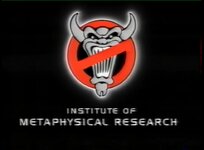Trooper Looper
TS Member
As the title says, what does everyone here think of lore and stories given to rides? Do you think they add to the experience or not?
Personally, it depends on the type of attraction and if the theming for the ride was the main priority ove rthe actual story. I think stories work great on walk through attractions and Madhouses, but roller coasters? Not as well and pretty unnecessary most of the time.
Let me know your opinions of this subject below.
Personally, it depends on the type of attraction and if the theming for the ride was the main priority ove rthe actual story. I think stories work great on walk through attractions and Madhouses, but roller coasters? Not as well and pretty unnecessary most of the time.
Let me know your opinions of this subject below.



